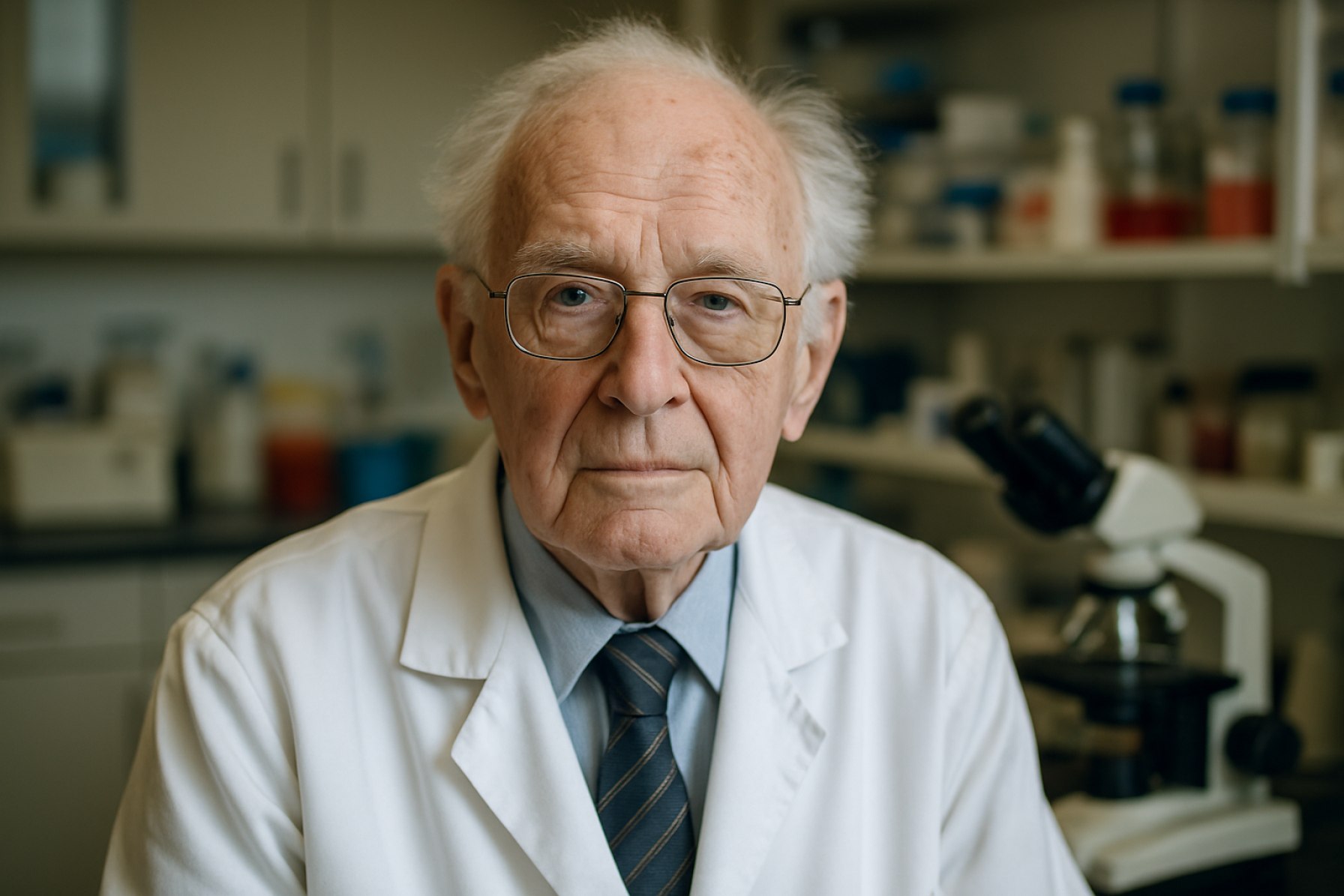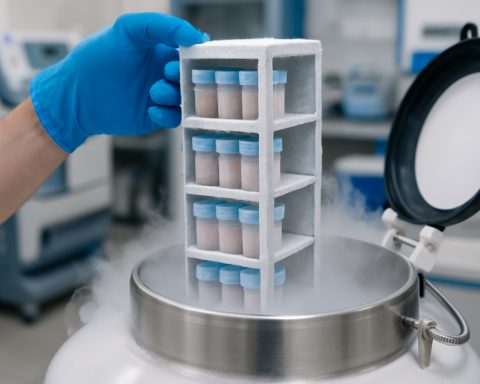How James Till’s Groundbreaking Stem Cell Discovery Changed Medicine Forever — And Is Still Saving Lives Today
Stem cell pioneer James Till dies at 94. His legacy shapes regenerative medicine and therapies that continue to save lives around the world.
- 94: Age at which James Till passed away in Toronto
- 1961: Year Till and McCulloch proved the existence of stem cells
- Millions: Estimated lives improved by stem cell transplants since their discovery
- 2005: Received the prestigious Albert Lasker Award for Basic Medical Research
The global medical community is mourning the loss of Professor Emeritus James Till — a gentle visionary, brilliant researcher, and the man who helped crack the stem cell code. With one seismic discovery, Till and his late colleague, Dr. Ernest McCulloch, not only redefined biology but also transformed the prospects of patients facing cancer, blood disorders, and degenerative disease.
Their revolutionary experiments in the early 1960s at Toronto’s fabled Ontario Cancer Institute revealed the building blocks of life itself — stem cells capable of generating all the different cell types of the blood. This moment sparked a biotechnology inferno that continues to burn bright in 2025, as regenerative medicine and cell therapies fuel new hope for countless families worldwide.
James Till: The Prairie-Born Scientist Who Changed the World
Born on a family farm in Lloydminster, Alberta, Till’s path to greatness began, fittingly, with curiosity and an indomitable spirit. He earned his Bachelor and Master’s degrees in physics at the University of Saskatchewan and a PhD in biophysics from Yale University before joining the University of Toronto. At the Ontario Cancer Institute (now Princess Margaret Cancer Centre), his partnership with Dr. McCulloch forged a new frontier in science.
Together, their mouse experiments become legend. When bone marrow transplants restored blood formation in irradiated mice, Till and McCulloch meticulously tracked the tiny “colonies” that proved individual cells could regenerate entire blood systems. This was the birth of stem cell science.
Why Does Stem Cell Research Matter in 2025?
Today, the therapies made possible by Till’s work include not only bone marrow and cord blood transplants—but also cutting-edge regenerative treatments. Researchers are now restoring eyesight, repairing heart tissue, and treating neurological disorders using stem cell breakthroughs grounded in Till’s legacy.
Rising investment, ethical innovations, and new gene-editing tools have made regenerative medicine a top trend for 2025, according to leaders at the National Institutes of Health and the World Health Organization. Toronto remains one of the world’s most powerful regenerative medicine hubs—thanks largely to Till’s leadership and vision.
Q&A: What Did James Till Actually Discover?
Q: What is Till’s fundamental scientific achievement?
A: With McCulloch, Till was the first to prove that stem cells exist in adult bone marrow, and that these cells can both create all types of blood cells and self-renew over time.
Q: How did this impact patient care?
A: It created the scientific bedrock for bone marrow and stem cell transplants, which cure or treat leukemia, anemia, immune deficiencies, and more. In the 2020s, it laid the foundation for engineering tissues and personalized medicine.
Q: What awards did James Till earn?
A: He has been honored with the Canada Gairdner Award, the Order of Canada, induction into the Canadian Medical Hall of Fame, and the prestigious Lasker Award (often called “America’s Nobel”).
How Did Till’s Legacy Expand Beyond the Lab?
After the 1960s, Till didn’t rest. Throughout the 1980s, he explored the quality of life for cancer patients, navigated medical ethics, and became an early voice on the power of the internet for patient support and advocacy.
He continued mentoring a new generation of researchers at U of T’s renowned Temerty Faculty of Medicine, inspiring advances that keep Toronto at the forefront of biomedical innovation even in 2025.
How Can You Support Advances in Stem Cell Research?
Breakthroughs in regenerative medicine rely on public support, ethical engagement, and awareness. Donating to reputable organizations or participating in clinical trials can directly impact the lives of current and future patients.
Take Action: Honor James Till by Supporting Lifesaving Medical Innovation
- Stay informed—follow updates from top medical institutions like NIH and WHO
- Consider blood or stem cell donation—your gift could save a life
- Support stem cell and cancer research with donations or advocacy
- Share Till’s story to inspire the next generation of scientists and patients
James Till’s trailblazing journey proves one scientist’s vision can spark a revolution. Let’s carry his torch forward into a brighter medical future.











